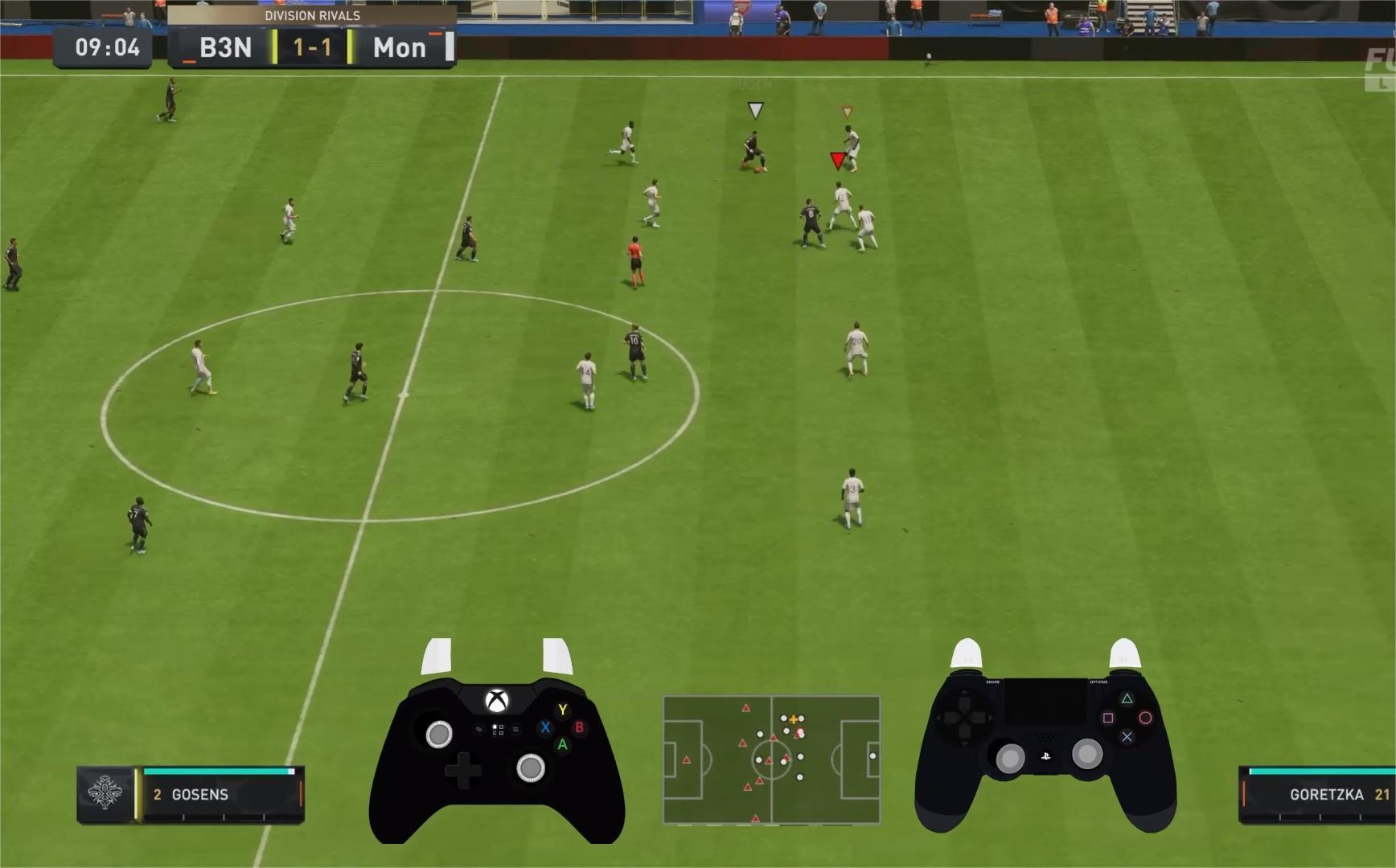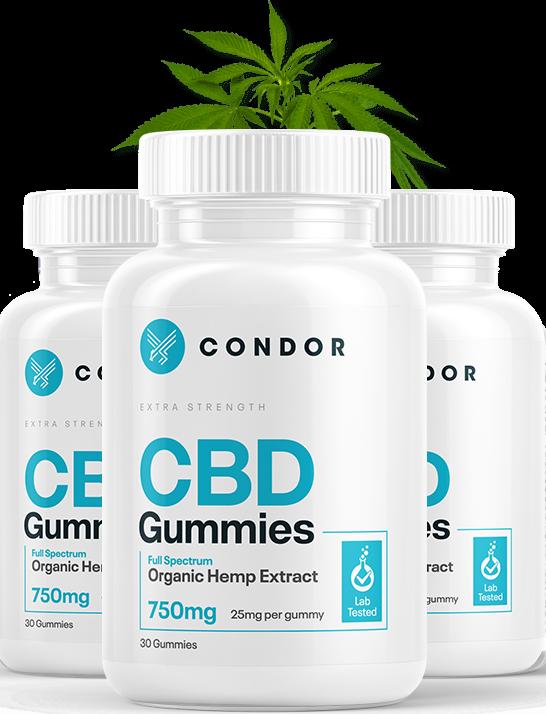The ethyl acrylate market is driven by a complex interplay of supply and demand dynamics, influenced significantly by downstream industries such as Paints and Coatings. For the quarter ending December 2023, demand fluctuations, alongside supply chain challenges and production costs, primarily dictated the market's direction. In North America, despite an initial high demand and low inventory levels, a subsequent demand dip from Paints and Coatings enterprises led to a price reduction. However, in Mexico, robust demand from the same sector propelled prices upwards, exacerbated by supply shortages and the depreciating Mexican Peso. Similarly, Europe saw price increases due to high demand and escalating feedstock costs, driven by elevated energy and production expenses. Conversely, the APAC region faced a mixed scenario where high operational costs and freight charges initially drove prices up, but a decrease in demand from Paints and Coatings sectors, especially in Japan, led to a downturn. In South America, particularly Brazil, fluctuating demand dynamics and the interplay with feedstock prices influenced the market sentiment.
The global ethyl acrylate market size reached US$ 481.7 Million in 2023. By 2032, IMARC Group expects the market to reach US$ 802.2 Million, at a projected CAGR of 5.8% during 2023-2032. In December 2023, several factors significantly influenced ethyl acrylate prices. In the APAC region, the market was initially subject to high production and logistics costs, contributing to price escalations. These increases were further amplified by rising freight charges, stemming from elevated fuel costs. Such factors underscore the critical role of operating expenses in determining Ethyl Acrylate prices. However, as the quarter progressed, an increase in bulk trading and consumption from existing inventories introduced price volatility, highlighting the impact of supply chain dynamics on market prices. In Japan, a notable decline in demand from the Paints and Coatings sectors precipitated a downward price trend, reflecting the direct influence of consumer demand on market equilibrium. The significant price reduction compared to the previous year and quarter in the APAC region underscores the market's sensitivity to both internal and external economic factors.
Meanwhile, in Europe, the market dynamics were characterized by a contrasting scenario. The persistent high demand from the Paints and Coatings industry, coupled with limited supply, led to a price increase. This situation was further compounded by the rising costs of Acrylic Acid, a key feedstock, which increased due to higher energy and production costs. Germany's market, in particular, demonstrated resilience, with indicators such as the PMI pointing towards a market recovery, albeit prices remained significantly lower than the previous year. This resilience, however, did not shield the market from the quarter-to-quarter price fluctuations, which saw a modest increase. Such trends highlight the intricate balance between supply and demand, feedstock prices, and the broader economic indicators in shaping the Ethyl Acrylate market landscape, particularly in a region as economically diverse as Europe





